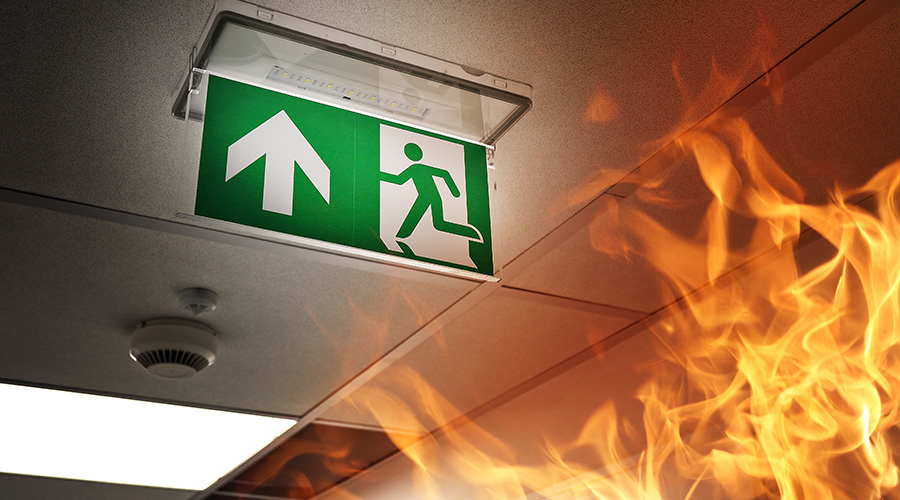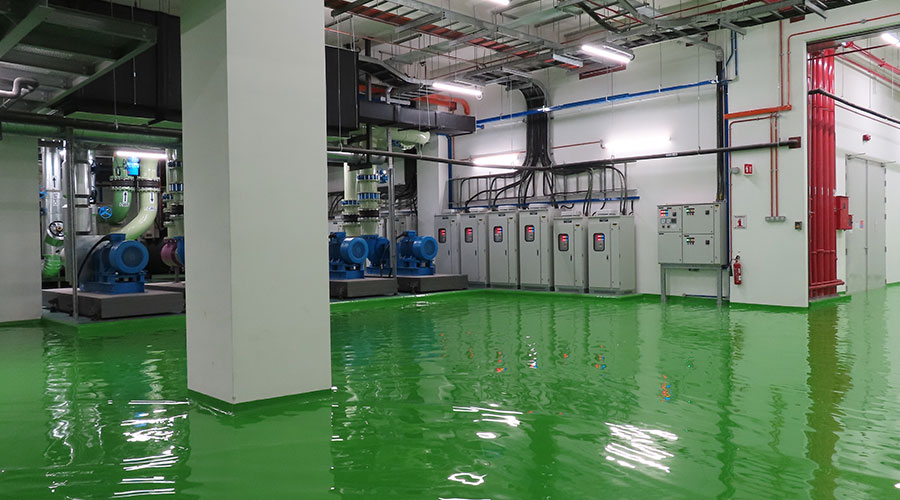Maintenance and Engineering: Key Players in Emergency Preparedness
Consider these statistics: 43 percent of businesses that close as a result of a disaster never reopen. And 28 percent of those that do reopen fail within three years. These statistics equate to a 59 percent failure rate for businesses closed due to disasters. One important factor driving the success of an organization after an emergency is the swift recovery of its facilities, and emergency preparedness is the key to ensuring this swift recovery.
Maintenance and engineering departments in institutional or commercial facilities can play a vital role before, during and after emergencies, but too often, top executives view departments and their staffs only as in terms of a response immediately after an emergency. By examining the five key mission areas of emergency management, managers can gain a better understanding of the specific roles for their departments, as well as the opportunities they have to protect facilities, occupants and operations.
Areas For Action
Presidential Policy Directive 8 (PPD-8) National Preparedness, issued in March 2011, defined five mission areas that help define the life cycle of emergency management: prevention, protection, response, recovery and mitigation. In each area, maintenance and engineering departments can make important, and even vital, contributions.
The prevention mission area addresses actions to avoid an incident or to intervene in stopping a terrorist incident from occurring. It involves applying intelligence and other information to a range of activities that can include countermeasures, such as deterrence operations, heightened inspections, improved surveillance, and security operations. Of the five mission areas, this one is the least likely to involve maintenance and engineering personnel.
Protection reduces or eliminates threats to people, property and the environment. Primarily focused on adversarial incidents, the protection of critical infrastructure and key resources is vital to local jurisdictions, national security, public health and safety, and economic vitality. Maintenance and engineering personnel can play a vital role in the planning phase when developing an emergency operations plan (EOP) that addresses key utility systems that support essential functions.
Response involves immediate actions to save and sustain lives, protect property and the environment, and meet basic human needs. This mission area also includes the execution of plans to support short-term recovery. In this phase, maintenance and engineering managers and staff can make a vital difference in containing an emergency, preventing escalation, saving lives and property, and enabling restoration of services.
Recovery actions support the development, coordination and execution of service and site restoration plans. This mission area includes reconstituting operations and services, evaluating the incident to identify lessons learned, post-incident reporting, and developing initiatives to mitigate the effects of future incidents. Emergency planners should engage maintenance and engineering personnel to tap into their expertise and knowledge of supporting systems that can enhance recovery actions.
Mitigation activities provide a critical foundation in the effort to reduce the loss of life and property from natural or human-caused disasters by avoiding or lessening the impact of a disaster. Mitigation aims to fix the cycle of disaster damage, reconstruction and repeated damage. In most cases, these activities or actions have long-term, sustained effects. Maintenance and engineering personnel can provide important input on utility and infrastructure improvements that can mitigate crises, improve resiliency, and eliminate points of failure.
Related Topics:














